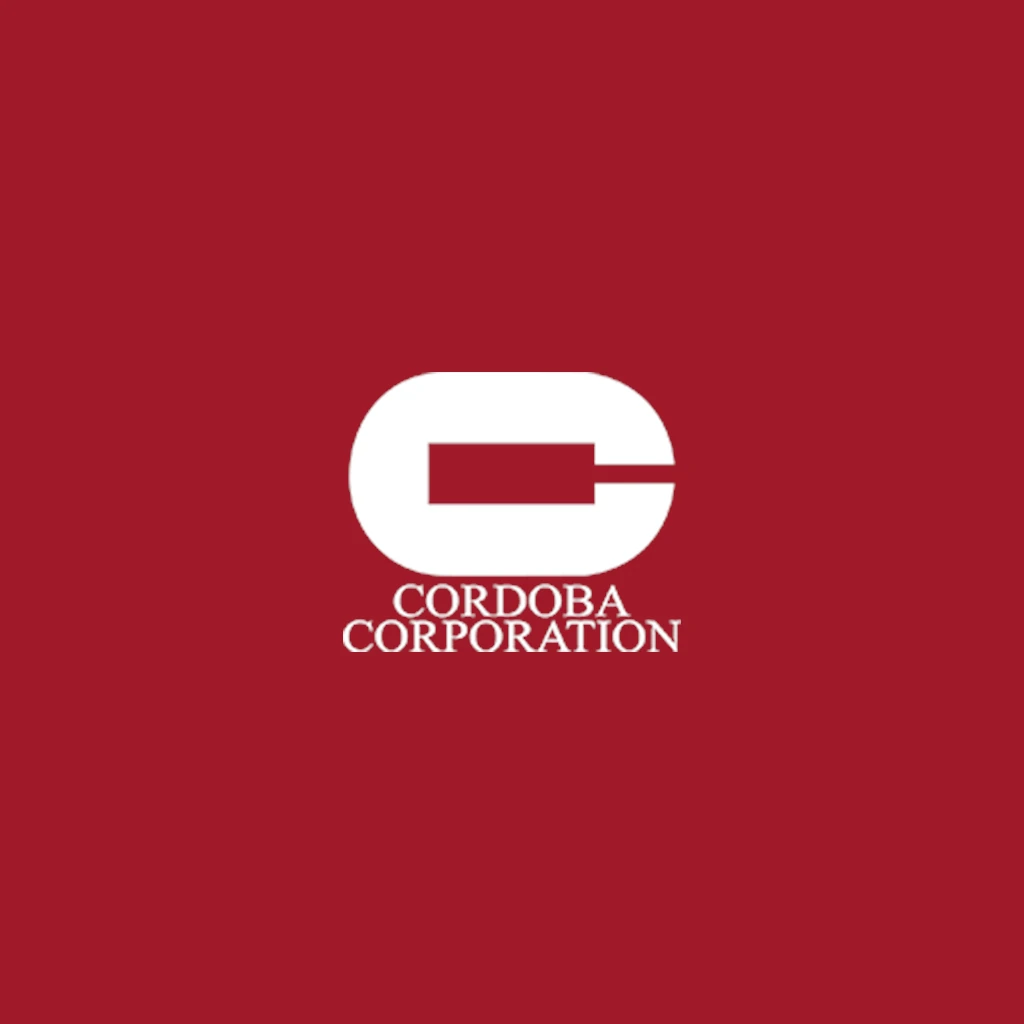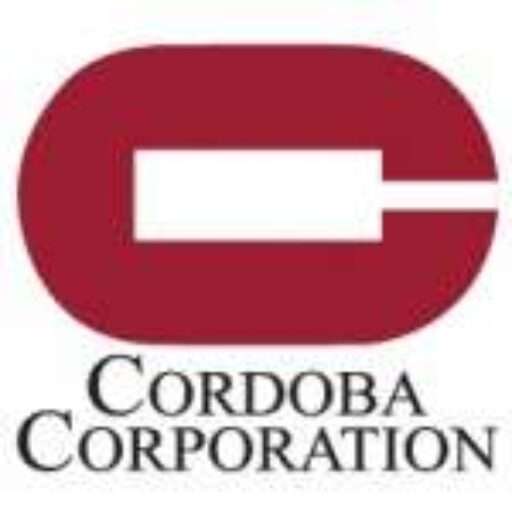Project Name | Stormwater Alternative Analysis Feasibility Study Review |
Client | Port of Long Beach |
Sector | Multi (managed by Education and Facilities) |
Overview | |
The Port of Long Beach is the second‐busiest container seaport in the United States and the premier U.S. gateway for trans‐Pacific. The Port has undertaken a $2.6 billion capital improvement program over the next 10 years to build efficient and sustainable marine facilities. In addition, the Port continues to invest significantly in infrastructure improvements that support terminal operations. To facilitate this effort, the Port has contracted with a number of firms to provide on-call services for a variety of tasks. One such task is to conduct a rigorous review of an alternatives analysis study and cost analysis associated with the multi-benefit compliance approach to compliance with its Municipal Separate Storm Sewer System Permit (MS4 Permit) for the Los Angeles Region (National Pollutant Discharge Elimination System [NPDES] Permit Order No. R4-2021-0105). The compliance requirement for the permit includes a compliance attainment date of 2032 with at least 57% reduction in zinc concentrations in stormwater in accordance with the Harbor Toxics TMDL requirements. | |
Cordoba’s Role | |
Cordoba Corporation was awarded a contract to provide on-call professional management services and responded to the request for review of the Port’s Stormwater Alternative Analysis feasibility study. The Cordoba team comprising licensed engineers and stormwater experts provided peer review of the Port’s study. This included assessing the identified design criteria and requirements for infrastructure requirements and costs identified in the report to capture, use, and/or divert stormwater for a 0.75-inch, 24-hour rain event. The team identified areas in the feasibility study where the hydrology modelling and the way in which pollutant loading reduction was being calculated for the combined alternatives was insufficient. They also identified specific constraints/challenges with respect to hydraulics, constructability, and maintenance that seriously affected the feasibility and cost effectiveness of some of the proposed alternatives. The review of this Advanced Alternative Analysis report will help inform the roadmap for developing the design criteria and initial recommendations for the next phase of the Stormwater Harvesting Infrastructure program. | |
Services | |
Peer review | |


